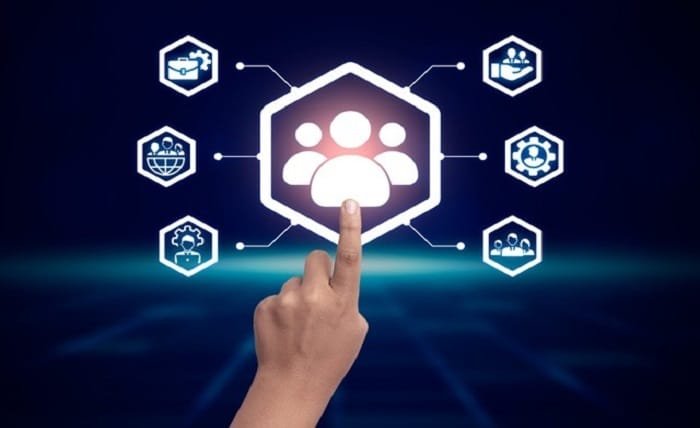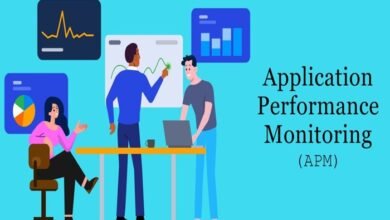The Future of HR: How Recruiting Software is Revolutionizing Talent Acquisition

Key Takeaways:
- Recruiting software streamlines the talent acquisition process, making it more efficient.
- Advanced features such as AI and machine learning enhance candidate screening and selection.
- Data-driven insights allow HR teams to make informed decisions and improve hiring strategies.
- Recruiting software enhances the candidate experience, leading to better employer branding.
Table of Contents:
- Introduction
- Streamlining Efficiency in Talent Acquisition
- The Role of AI and Machine Learning
- Leveraging Data-Driven Insights
- Enhancing the Candidate Experience
- Conclusion
Introduction
The human resources (HR) landscape is evolving rapidly, driven by technological advancements and changing workforce dynamics. One of the most significant transformations is talent acquisition, where recruiting software plays a pivotal role. This article explores how recruiting software revolutionizes talent acquisition, bringing efficiency, precision, and a superior candidate experience to HR practices.
Streamlining Efficiency in Talent Acquisition
Recruiting software has become a game-changer in streamlining the talent acquisition process. Traditional hiring methods often involve manual resume screening, prolonged interview scheduling, and extensive paperwork. Recruiting software automates these tasks, significantly reducing the time and effort required to find the right candidate. By automating routine processes, HR teams can focus more on strategic decision-making and building relationships with potential hires.
The Role of AI and Machine Learning
Artificial intelligence (AI) and machine learning are integral components of modern recruiting software. These technologies enhance candidate screening by analyzing vast amounts of data to identify the best-fit candidates for a role. Machine learning algorithms assess candidate profiles based on predefined criteria, such as skills, experience, and cultural fit. This accelerates the screening process and minimizes biases, ensuring a more diverse and inclusive workforce.
Moreover, AI-powered chatbots can engage with candidates in real-time, answering queries and providing updates on the recruitment process. This interactive feature keeps candidates informed and engaged, improving their overall experience and perception of the company.
Leveraging Data-Driven Insights
One significant advantage of recruiting software is the access to data-driven insights. HR teams can leverage analytics to track key performance indicators (KPIs) such as time-to-hire, cost-per-hire, and applicant sources. These insights help identify bottlenecks in the recruitment process and optimize strategies for better results.
Data analytics also enable HR teams to forecast hiring trends and workforce needs, ensuring the talent pipeline is robust and ready to meet future demands. By making informed decisions based on data, organizations can enhance their talent acquisition strategies and build a more agile and responsive HR function.
Enhancing the Candidate Experience
In today’s competitive job market, providing a positive candidate experience is crucial for attracting top talent. Recruiting software plays a vital role by offering seamless and transparent communication throughout the hiring process. Candidates appreciate timely updates, personalized feedback, and a smooth application journey, which can be facilitated by advanced recruiting software.
Well-implemented recruiting software ensures that candidates feel valued and respected, regardless of the outcome of their applications. This positive experience enhances the company’s employer brand and increases the likelihood of candidates reapplying or referring others to the organization.
Conclusion
The future of HR and talent acquisition is undoubtedly intertwined with technological innovations, particularly recruiting software. Recruiting software is revolutionizing how organizations attract and retain talent by streamlining efficiency, leveraging AI and machine learning, harnessing data-driven insights, and enhancing the candidate experience. As the HR landscape evolves, embracing these technologies will be essential for staying competitive and building a resilient workforce.




